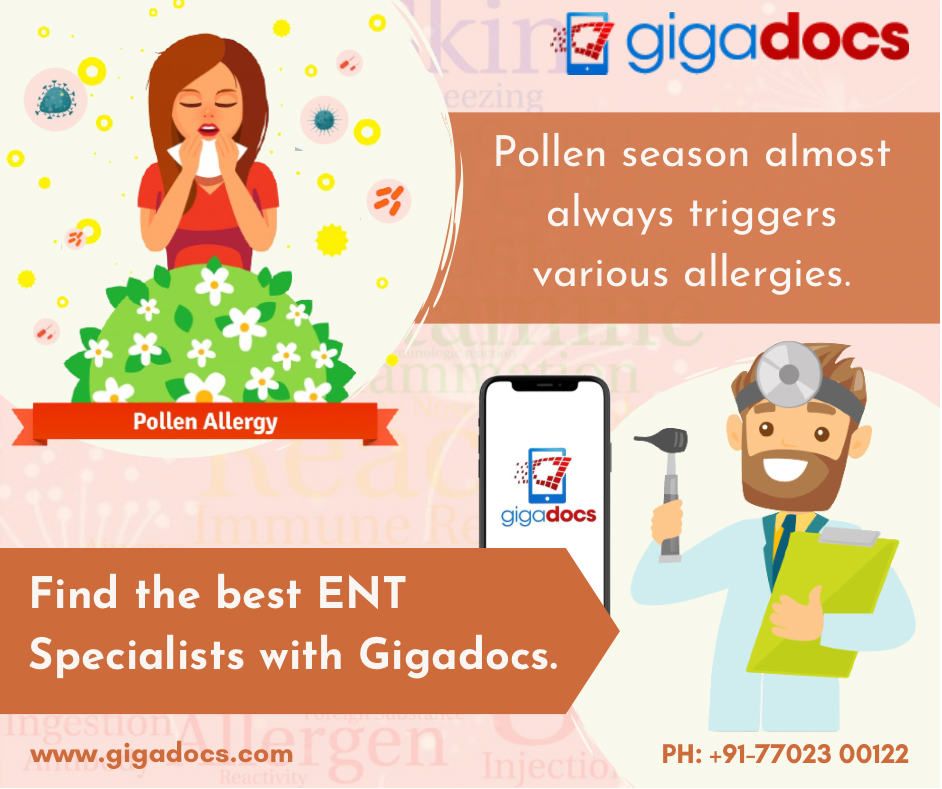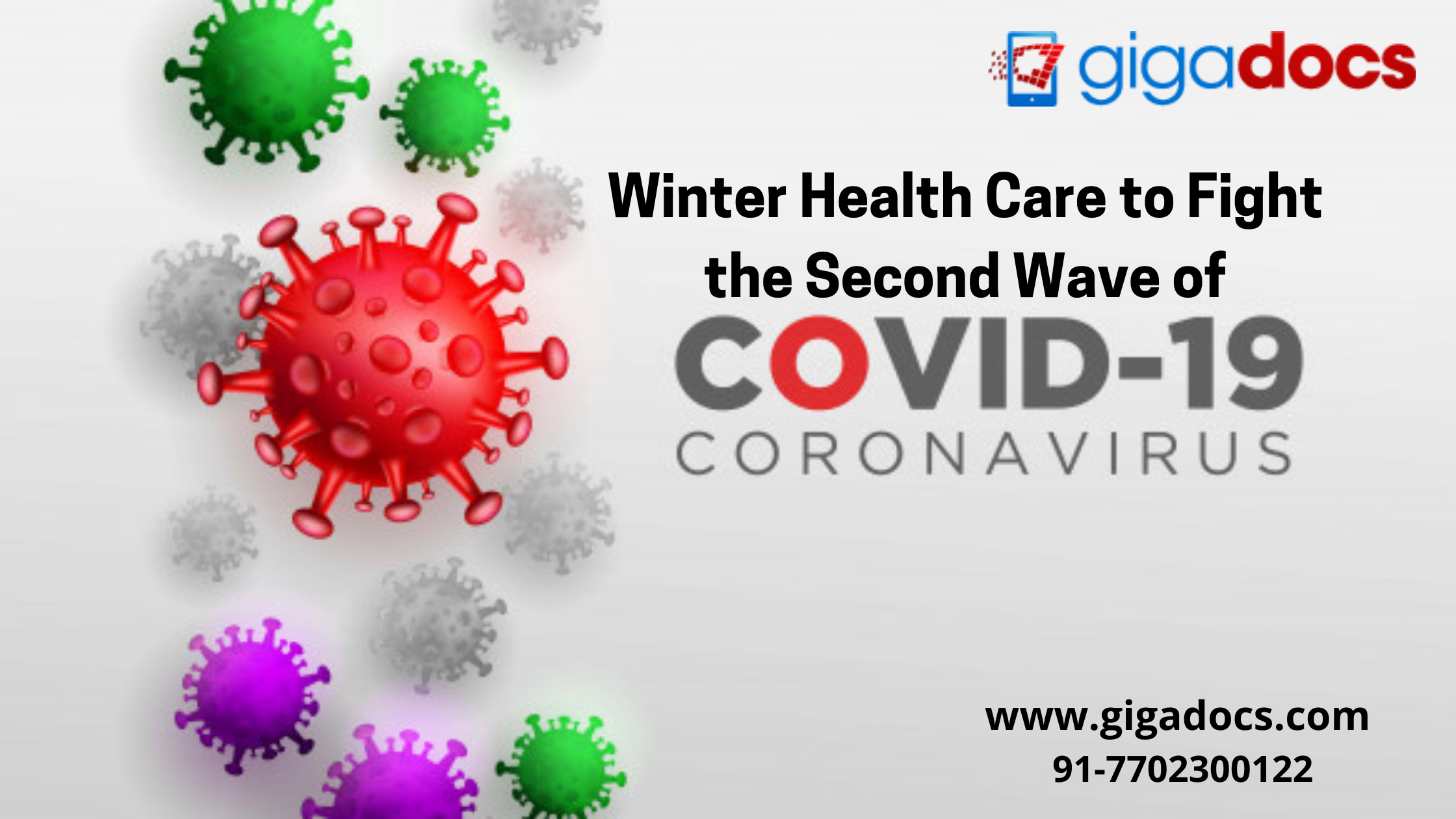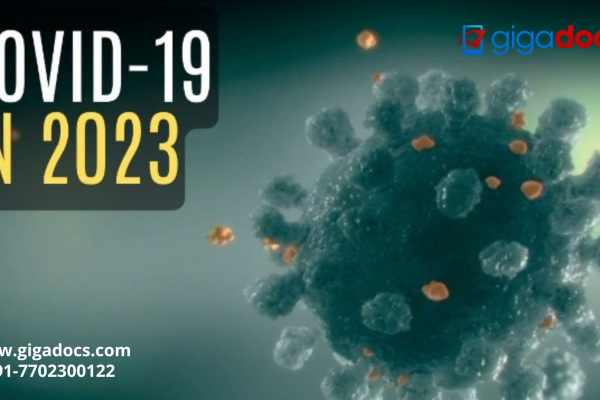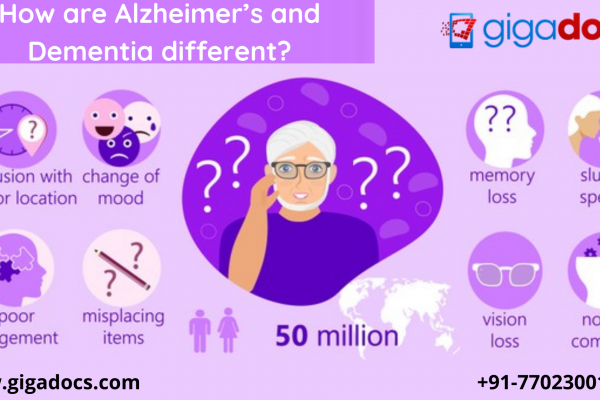Come spring season for the weather to turn warm, trees to grow their leaves, and for the plants to flower. The Spring season is special. Who would want to miss the morning-evening walks to see the flowers in full bloom?
In the spring season, plants release pollen grains to fertilize other plants belonging to the same species. These tiny pollen grains are extremely vital to plant growth. Most of these pollens are carried by the wind, birds, insects or other animals for cross-pollination may cause allergic reactions when they come into human contact. Pollens spread easily through the air, water, and animals. It is one of the most commonly known allergies in the world. One in every seven people in the world suffers from some form of pollen allergy or sinus reactions that may get worse in the spring season when the count of pollen grains is the highest.
Pollen allergy, also known as “hay fever” or “seasonal allergic rhinitis” populates when a person breathes in the pollen, this releases water-soluble proteins on the respiratory lining. Though these proteins are usually harmless, yet our body’s immune system may sometimes accidentally recognise them as dangerous substances. As a counterattack to this recognised threat, they release Immunoglobulin antibodies (IgE antibodies) that travel to the cells and release histamine furthermore aggravating the symptoms of pollen allergies discussed below.
Pollen Allergy Symptoms
Pollen Allergy symptoms attack only when the pollens, a person is allergic to, are present in the air that the affected person inhales. The signs and symptoms of a pollen allergy are below:
- Sneezing,
- Itching ears, eyes, nose and mouth,
- Nasal blockage,
- Runny nose with mucus,
- Red moist eyes,
- Swelling around the eyes.
Follow these tips to prevent your chances of catching a pollen allergy.
Tips to Prevent Pollen Allergy
- Consider shifting your outdoor exercises indoors. This will reduce any chances of pollen allergen inhalation and in turn prevent pollen allergy symptoms.
- Keep your garden windows closed during the pollen season. If you are asthmatic, you can opt for air conditioning that is fitted with an allergy and asthma-friendly attachment.
- Consult your infectious disease specialist on the Gigadocs app if you can start taking antihistamines before the pollen season begins. These allergy medicines work best when they prevent your body from releasing histamine that causes pollen allergy symptoms.
- Bathe and use a mild shampoo to clean your hairs from any pollen before you go to bed. This would remove any pollen that is stuck in your skin and the hairs.
- Once a week, wash your daily used towels, bedsheets in lukewarm water.
- Restrict your contact with pets if you are hypersensitive to pet allergies.
- Always change your clothes after coming from any outdoor running or walking.
Treatment for Pollen Allergy
Before you take any over-the-counter (OTC) medications, consult your infectious disease specialist on the Gigadocs app for any possible side effects. There are certain over-the-counter and prescription medicines discussed below that may help to reduce your pollen allergy symptoms-
- Antihistamines- They come in a nasal spray, pill, and liquid form. Antihistamines can relieve sneezing and itching of the nose and eyes, reduce a runny nose and decongest nasal stuffiness.
- Decongestants- They can be taken as nasal sprays, liquids, or drops. Decongestants help to shrink the lining of the nasal passages and thereby soothe nasal stuffiness. However, it is medically advised to use decongestant sprays and nose drops only for the short-term.
- Nasal corticosteroids- They are sprayed or inhaled to relieve the symptoms of a stuffy nose, irritation, and discomfort caused by hay fever or other allergies. Nasal corticosteroids are considered as one of the most effective medicine for allergic rhinitis; however, they may have few side effects, hence must always be taken following a medical consultation.
- Cromolyn sodium- Cromolyn sodium (Nasalcrom) is a solution that needs to be inhaled through a nasal applicator to the nose and into the lungs. To prevent any further onset of allergy symptoms, Nasalcrom must be inhaled about three to six times a day. Nasalcrom is more effective when it is taken before an allergy onset.
- Immunotherapy- Pollen allergy medications may not work for many people. Those who do not get complete relief from medications may try immunotherapy. Immunotherapy is a long-term treatment aimed to lessen the severity of allergic symptoms by altering the potential course of allergic disease and modifying a body’s immune response to the allergens.
Home Remedies to Cure Allergy
- Hot Beverages- Drinking herbal teas or the traditional kadas made from ginger, tulsi leaves, cloves, and black pepper benefits to decongest your throat with its anti-inflammatory properties. Herbal teas not only reduce stress but also check allergy symptoms.
- Neti pots – Using nasal Neti pots, warm water, and salt helps to flush the nasal passages
Alternately you can add turmeric, citric fruits to your balanced diet that not only prevents allergies but also go a long way in strengthening your immune system.
Diagnosing Pollen Allergy with Gigadocs
Download the Gigadocs app for an expert diagnosis of your allergy symptoms. Going out to consult a doctor in this spring season may intensify your allergy symptoms and aggravate your allergic reaction. Instead speak and discuss pollen allergy or pet allergy causes and medications with infectious disease specialises on the Gigadocs app through Video Consultations.
In extreme allergy cases, your doctor may advise you for a Skin Prick Test (SPT) or a Specific IgE Blood Test to accurately diagnose an allergy.
To know more about Skin Prick Test (SPT) and Specific IgE Blood Test and to consult expert doctors from the privacy of your home at a time convenient to you, download the Gigadocs app from-
- IOS App – apple.co/2W2iG4V
- Android App – bit.ly/33AQoRC
Schedule a Virtual Consultation demo, email us at info@gigadocs.com




